There’s a lot riding on the all-new Hyundai Kona.
With doubts about the long-term future of i30 hatch, the small SUV may need to step-up and become Hyundai Australia’s new lynchpin model. CarsGuide attended the official reveal and detailing on the new model, so here’s everything you need to know about this all-important new addition to the Hyundai line-up.
Size matters
Hyundai’s marketing buzzwords for the new Kona are ‘upscaled multiplayer’ which is a fancy way of saying this new model is bigger in size and has grander aspirations than the outgoing model.
The new model is notably bigger in every dimension, being 185mm longer, 20mm wider and 30mm taller. The extra length is significant because it has allowed Hyundai to increase rear passenger room and create a larger boot for more cargo space.
Sitting inside the new Kona it’s obvious that Hyundai’s designers have maximised the extra volume, with notably more knee room for adults in the back.
The increased size does push the Kona right to the upper limit of the so-called B-segment for SUVs, so much so it’s now closer in size to the Tucson than the Venue beneath it.
.jpg)
‘EV first’ design
Another significant change for this new-generation Kona is the decision to offer it with three powertrain options - petrol engines, petrol-electric hybrid and fully electric. Because of this and the European-centric design of the Kona (the global launch program was held in Berlin, Germany) Hyundai pursued what it calls an “EV-centric” design philosophy.
According to the company this meant designing the electric version first and then creating the petrol and hybrid designs. What this means in practical terms isn’t quite as dramatic as Hyundai makes out. Unlike the Ioniq 5 and incoming Ioniq 6 which are built on the bespoke ‘e-GMP’ platform’ the Kona gets an evolution of the underpinnings used for the i30 sedan and Kia Niro in order to have capacity for the petrol and hybrid powertrains.
The most obvious ‘electric first’ elements to the design are the more rounded, aerodynamic nose and tail, along with the ‘pixelated seamless horizon lamp’ that runs across the front of the Kona and looks similar to what we’ve already seen on the Ioniq 5. Neither the petrol or hybrid models get the pixelated lights but do have a lighting strip that runs across the front of the bonnet.
.jpg)
Because this is built to accommodate a petrol and hybrid powertrain too, the electric motor is packaged under the bonnet, rather than closer to the floor like some other electric vehicles. This hasn’t stopped Hyundai adding an under-bonnet storage space (or frunk), albeit a very shallow one that is best as a storage spot for the charging cable.
Another electric design element is Hyundai’s decision to build the Kona with two different floors. The petrol versions with all-wheel drive require a transmission tunnel to the rear axle and thus reduced floor space in the rear. But with the electric version front-wheel-drive-only, there is a unique floor without the tunnel and more legroom for that model.
The interior design is another Ioniq-inspired element of the Kona. It features a large display panel that houses a pair of screens for the instruments and multimedia, an Ioniq-style gear selector and steering wheel as well as the option of the 'zero gravity' front seats.
.jpg)
Powertrains options
Hyundai Australia has confirmed it will offer all three powertrain options locally, but hasn’t announced final specifications. However, we have a good idea of what’s coming thanks to the modular nature of modern shared vehicles platforms, so we can take a look at what’s in the Kia Niro to get a clear idea of what to expect.
The petrol engine choices will be upgraded versions of the current Kona, which means a 2.0-litre four-cylinder with CVT automatic and a 1.6-litre turbocharged petrol with a new eight-speed automatic - replacing the seven-speed dual-clutch in the outgoing model.
The 2.0-litre is expected to make 110kW of power and 179Nm of torque, while the 1.6-litre will punch out 146kW/265Nm.
The Kona Hybrid will be a single tune, combining a 1.6-litre four-cylinder petrol engine with an electric motor for 104kW/265Nm.
.jpg)
The Kona Electric will have two options, standard and long-range variants, just like the current line-up.
The former gets an electric motor making 114kW/255Nm powered by a 48.4kWh battery that provides a claimed range of 342km. The long-range option has more power, 160kW but still 255Nm of torque, but thanks to its 65.4kWh battery, can drive up to 490km.
It’s notable though, that while local specifications haven’t been confirmed, it appears the new EV model hasn’t taken a major step forward in terms of range (increased only by 6km) and has lost 140Nm of torque compared to the outgoing model. Hyundai claims the range has remained largely the same as a result of the increased size of the new model, while the torque drop is due to a re-tune of the electric motors for improved driveability.
.jpg)
Price and specifications
Pricing remains unconfirmed by Hyundai Australia but in keeping with the ‘upscaled multiplayer’ theme, as well as the larger size and new powertrain options, expect the new Kona to increase in price.
The current line-up starts at $26,990 (plus on-road costs) for the 2.0-litre petrol model known simply as ‘Kona’, with the Elite, N Line and Highlander grades above it. That entry-level model may be dropped with a focus on the higher-specification trim lines, specifically N Line, which could be offered as a styling pack across both the petrol and EV models.
So expect a starting price above $30k for the petrol range when it arrives in the middle of the year, with the hybrid and EV joining in the fourth quarter of 2023. Pricing for the Kona Electric is likely to be similar to the current offerings, which means starting around $55,000 and stretching to approximately $65,000.









.jpg)

.jpg)
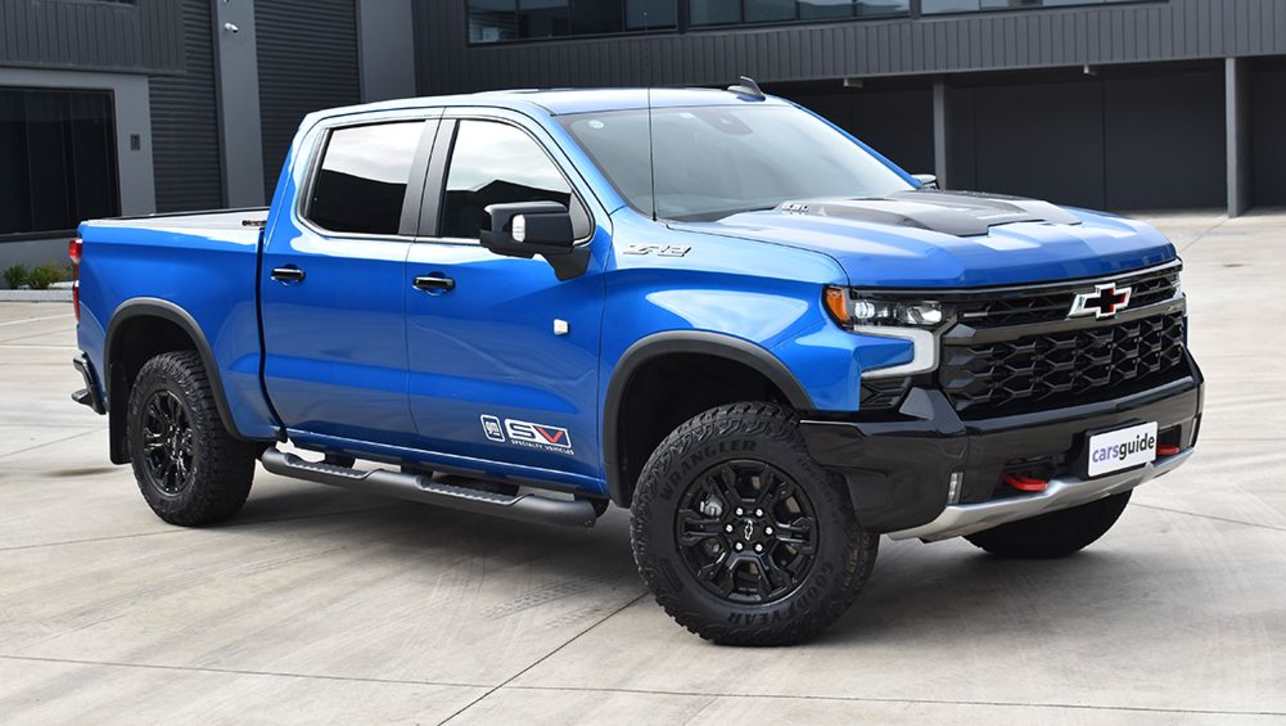
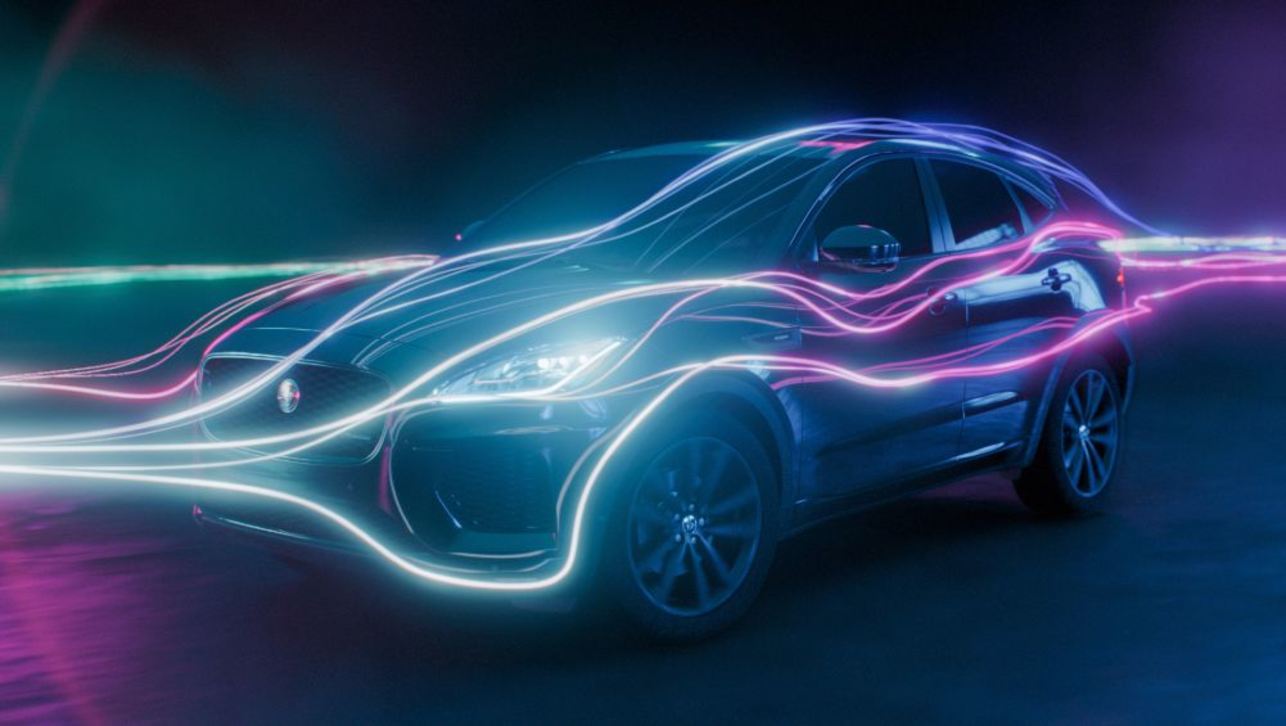
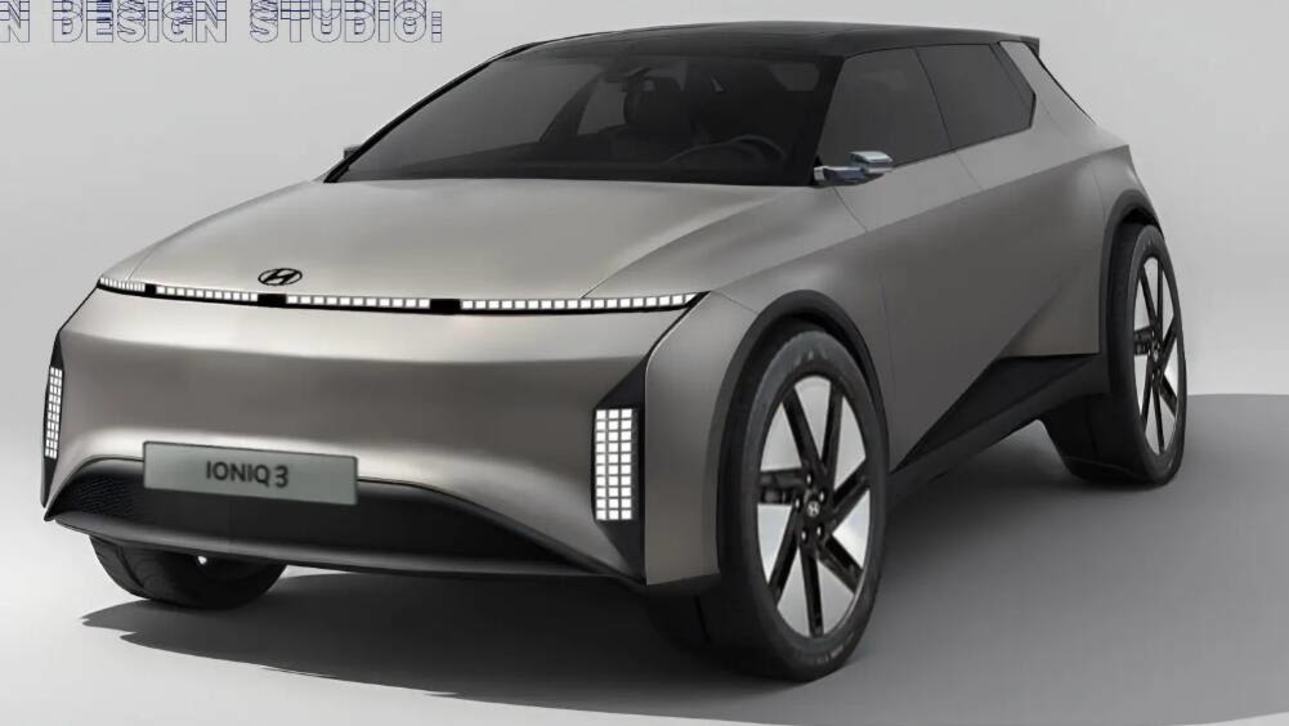
.jpg)
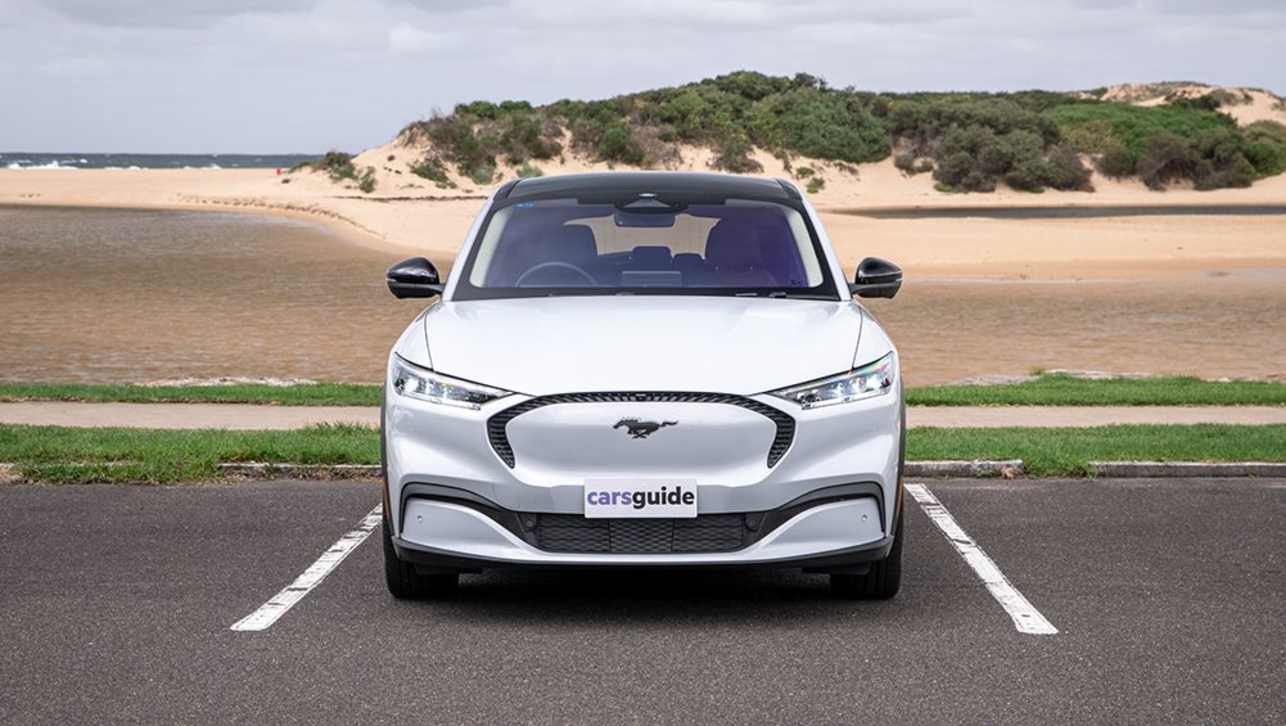

.jpg)

.jpg)
.jpg)

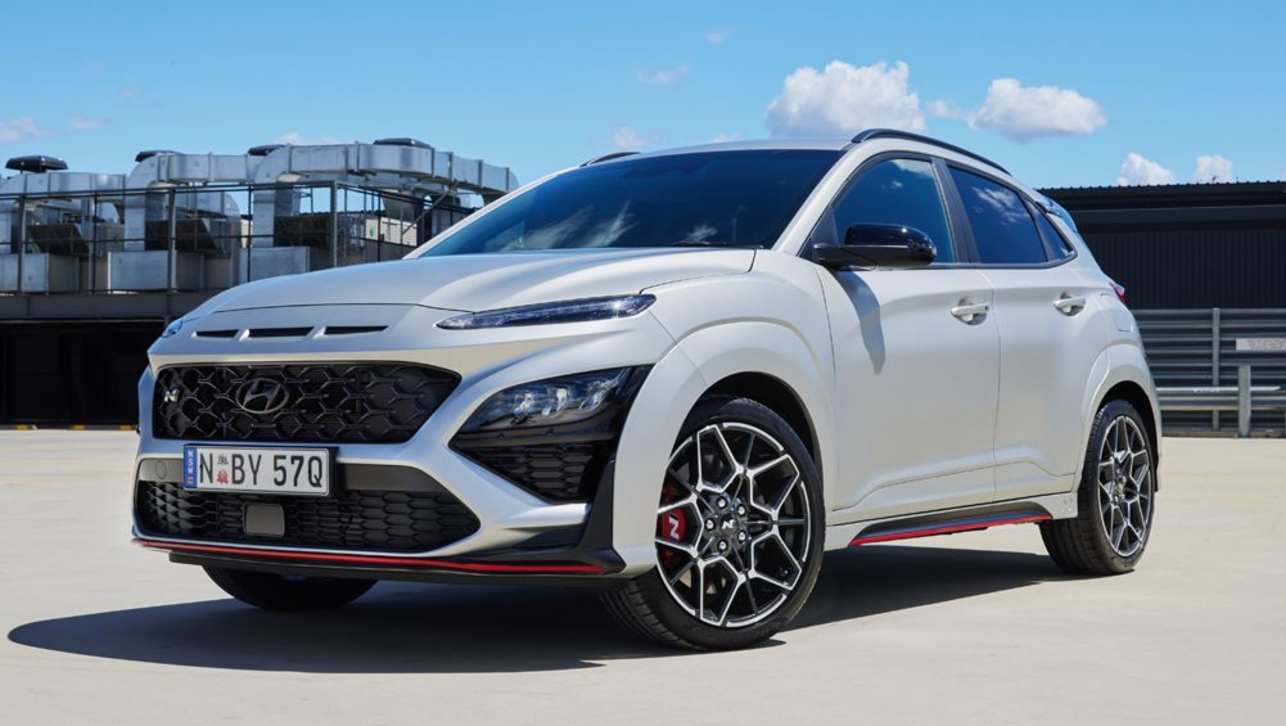
.jpg)


.jpg)
.jpg)
Comments